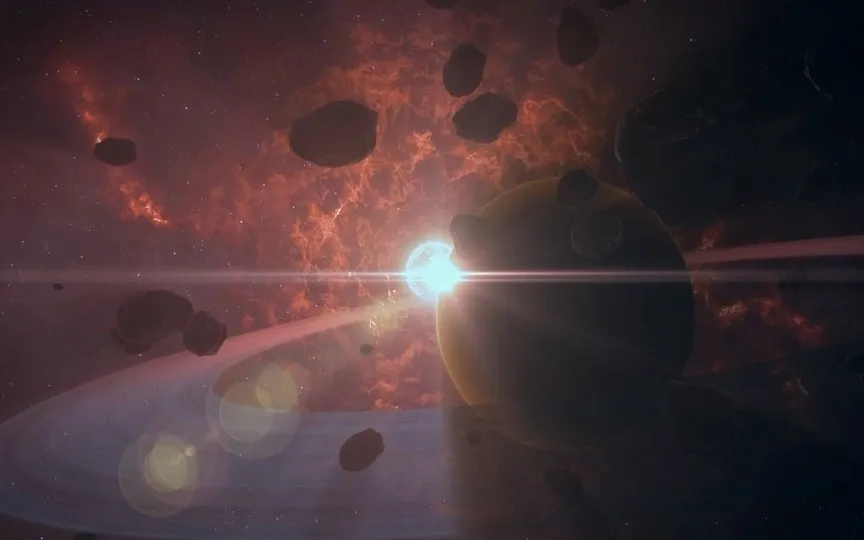NASA reports that two asteroids may come close to Earth today; Verify their size, speed, and other details.
NASA utilizes a variety of advanced technologies, including the NEOWISE telescope, ALMA, Pans-STARRS1, and Catalina Sky Survey, to discover, track, and monitor asteroids. Given the potential threat of asteroids impacting Earth, it is crucial to closely monitor them for any potential impact scenarios. NASA has announced that two asteroids will pass by Earth at a close distance today, April 4.
Asteroid 2021 FD1: Details
NASA’s Object Studies, or CNEOS, has named the first asteroid that passed by Earth today, Asteroid 2021 FD1. It is expected to pass the Earth at a distance of only 897,000 km. According to NASA, it orbits at a speed of 31854 kilometers per hour, which is much faster than the Intercontinental Ballistic Missile (ICBM)!
Asteroid 2021 FD1 measures 52 feet wide by feet, making it almost the size of a house. It belongs to the Apollo group of Near-Earth Asteroids, which are space rocks that pass through the Earth and whose semi-major axes are larger than the Earth’s axis. These asteroids are named after the huge 1862 Apollo asteroid discovered by German astronomer Karl Reinmuth in the 1930s.
Asteroid 2023 GC2: Details
Another asteroid passing by the Earth has been named Asteroid 2023 GC2. During its close approach today, it will come as close as 3.3 million kilometers from Earth and orbit at a speed of 20,464 kilometers per hour.
Asteroid 2023 GC2 is smaller than Asteroid 2021 FD1, measuring just 38 feet across, making it almost the size of a bus. NASA says the asteroid is part of the Aten asteroid group, which are Earth-crossing Near-Earth Asteroids (NEAs) with semi-major axes smaller than Earth’s. They are named after the asteroid 2062 Aten and the first of its kind discovered by American astronomer Eleanor Helin at the Palomar Observatory on January 7, 1976.
It is important to note that although both asteroids have been called Near-Earth asteroids due to their close proximity, they are not expected to collide with a planet.




